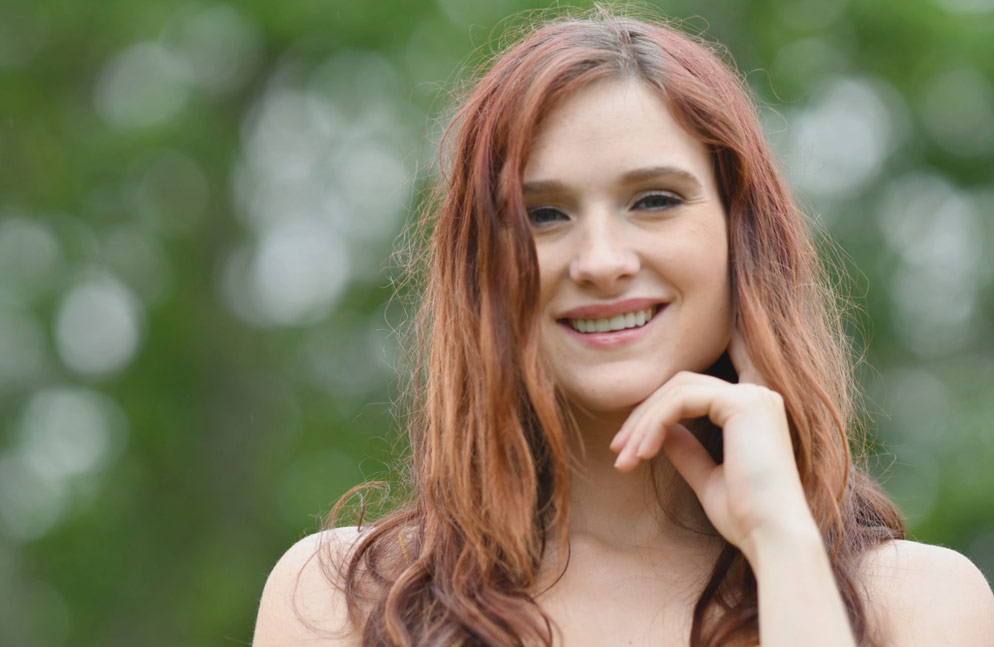

ISO is your camera’s sensitivity to light as it pertains to either film or a digital sensor. If there is sufficient stage lighting, you can bump up the f stop to a higher value, like f8 or slightly higher… This will diminish the bokeh… The third factor you need to be careful with, is your shutter speed… If you use a higher f stop value, you sacrifice shutter speed… What is ISO photography? … By increasing the distance between the background and your subject, you can see bokeh in images that are shot at smaller apertures like f/8. Usually seen more in highlights, bokeh is affected by the shape of the diaphragm blades (the aperture) of the lens. The word comes from Japanese language, which literally translates as “blur”. The reason why it is so popular, is because Bokeh makes photographs visually appealing, forcing us to focus our attention on a particular area of the image. Why do photographers blur the background?īokeh, also known as “Boke” is one of the most popular subjects in photography. What is Bokeh? Bokeh is defined as “the effect of a soft out-of-focus background that you get when shooting a subject, using a fast lens, at the widest aperture, such as f/2.8 or wider.” Simply put, bokeh is the pleasing or aesthetic quality of out-of-focus blur in a photograph. It’s a great technique for capturing movement in a still image, and is often used in both nature photography and sports photography. In photography, motion blur is the purposeful streaking or blurring of an object in motion in a photo for visual effect. Keep the subject closer to you than to the background.


If using a DSLR camera and lens, choose the smallest f-value you can. Select the aperture priority mode (A or AV). Selecting a wide aperture (the smallest f-value possible) will make the background more blurry. How do you blur the background with a DSLR? What is it called when you blur the background in a photo?.Why does a large aperture blur the background?.



 0 kommentar(er)
0 kommentar(er)
